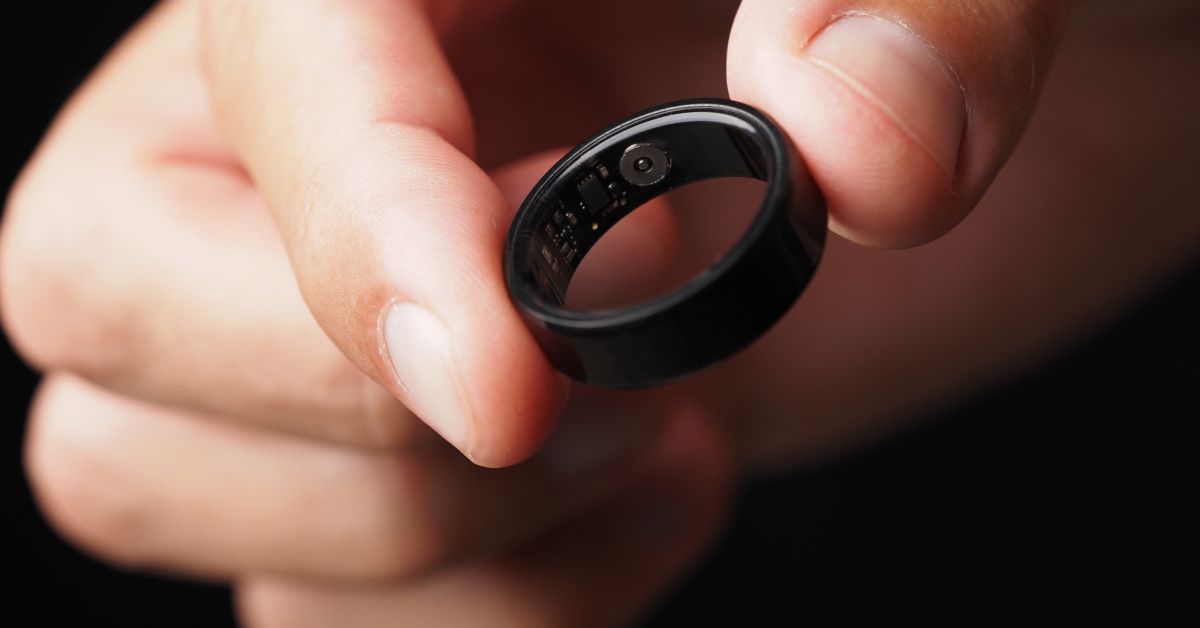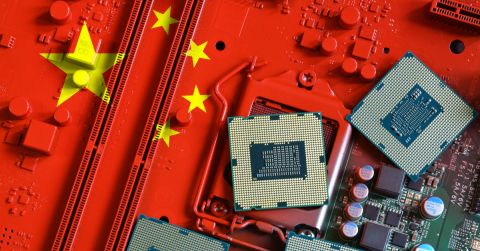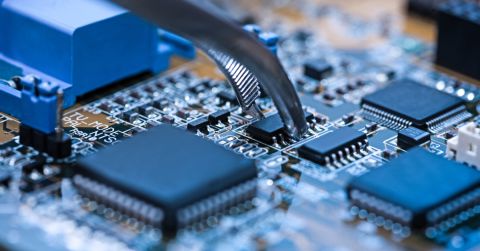8 Standout PMICs Every Engineer Should Know

For engineers designing portable devices, selecting the right power management integrated circuit (PMIC) plays a strategic role in determining system performance and optimizing battery life. In smartphones, wearables, tablets, and IoT devices, the PMIC directly controls how compact and responsive the final product performs while maintaining reliability.
PMICs accomplish these performance gains through sophisticated power management, which delivers improved thermal efficiency and faster charging speeds. They dynamically manage power across multiple rails, optimize thermal profiles, support adaptive charging, and provide telemetry for real-time system awareness. That makes PMIC selection a key design decision early in the development cycle.
Before we dive into specific components, let’s briefly cover what engineers should be looking for when considering which PMIC is right for their design.
What to Look for in a PMIC
The latest generation of PMICs reflects a number of key trends:
- Tight integration of converters, LDOs, charging, protection, and power-path logic
- AI-based control for predictive power scaling and intelligent battery management
- Wide-bandgap materials like GaN to reduce switching losses and improve thermal performance
- Fast charging support through multi-cell control, charge pumps, and USB PD integration
- Thermal-aware design, including embedded sensors and smart throttling
- Ultra-low quiescent current for long idle/sleep runtime in wearables and IoT nodes
- Real-time telemetry and fuel gauging for precise system control and monitoring
For a deeper dive into these trends and related design approaches, see 7 Top Trends in PMICs Powering Portable Devices.
Now let’s explore eight current-generation PMICs that bring these trends to life in real-world designs.
1. Renesas DA9070
The Renesas DA9070 is a compact, highly integrated PMIC designed for wearables and space-constrained IoT devices. It includes a 500 mA linear charger, 300 mA buck regulator, multiple low-quiescent LDOs, a boost converter, fuel gauge, power-path control, and ship mode, all within a 3×3 mm footprint.
With ultra-low quiescent current (900 nA), excellent light-load efficiency, and thermal management features, this device supports ultra-long battery life while simplifying board layout.
2. Analog Devices MAX77659
The MAX77659 from Analog Devices employs a single-inductor, multiple-output (SIMO) architecture that lets one inductor power up to three rails, making it an ideal choice for size-constrained designs. It features an integrated 3-channel buck-boost regulator, soft-start sequencing, and low standby current.
This winning combination is ideal for applications like compact smartphones, hearables, and fitness wearables. By reducing both component count and power draw, the MAX77659 helps extend battery runtime without compromising performance.
3. Texas Instruments TPS63802
The TPS63802 is a high-efficiency buck-boost converter designed for portable applications with variable power supply requirements. Supporting input voltages from 1.8 V to 5.5 V and output currents up to 2 A, it delivers up to 95% efficiency while maintaining a low quiescent current of just 1.8 µA.
This makes it especially effective for IoT devices, wearables, and battery-powered sensors where long idle periods require minimal current leakage while maintaining responsiveness when activity resumes.
4. Qualcomm SMB1396
The SMB1396 from Qualcomm is engineered for dual-cell smartphone architectures and high-speed USB Power Delivery (USB PD) charging. Supporting up to 100 W input, it features dual-input/dual-output switching, real-time voltage scaling, and advanced thermal mitigation strategies.
Paired tightly with Snapdragon SoCs, the SMB1396 reduces heat buildup by up to 50% compared to traditional fast-charging circuits. It’s a sound choice for premium mobile and gaming devices where thermal control and charging speed go hand in hand.
5. Infineon CoolGaN Integrated Power Stages
Infineon’s CoolGaN Integrated Power Stages offer cutting-edge GaN technology for high-efficiency power conversion. These power stages allow faster switching, lower losses, and a significant reduction in size for passive components.
Portable systems, like fast chargers, AR/VR headsets, and handheld gaming consoles, can benefit from the improved thermal profile and higher power density. By integrating GaN transistors and drivers, these PMICs enable designers to achieve compact, high-power solutions while maintaining thermal headroom.
6. STMicroelectronics STPMIC25
The STPMIC25 is ST's next-generation PMIC specifically designed for STM32MP2-based embedded systems. Supporting the latest application processors, along with external peripherals such as DDR memory, flash storage, and system devices, it delivers enhanced power capabilities through seven high-efficiency buck converters and multiple LDOs.
Used in advanced industrial applications and complex embedded platforms, it provides higher output power capability with reduced voltage ripple and noise compared to previous generations. The integrated I²C control interface and programmable sequencing, combined with nonvolatile memory, make this PMIC well-suited for sophisticated power orchestration in next-generation STM32MP2 systems.
7. Nordic Semiconductor nPM1304
The nPM1304 is Nordic's latest PMIC optimized for space-constrained applications with small rechargeable batteries. It integrates two ultra-efficient buck converters, two load switches/LDOs, LED drivers, and an advanced algorithm-based fuel gauge in a compact 3.1 × 2.4 mm package.
Features, such as industry-first ultra-low power fuel gauging using only 8 µA active current, programmable charging from 4 to 100 mA, and comprehensive system management, make it a good option for smart rings, sports trackers, and healthcare monitoring devices. The part supports single-cell Li-ion, Li-poly, and LiFePO4 batteries with an I²C-compatible configuration, helping to maximize battery life in energy-constrained applications where traditional fuel gauging would consume unsustainable power.
8. onsemi NCP171
The NCP171 from onsemi delivers ultra-low power regulation with just 50 nA quiescent current in eco-mode, supporting long-life IoT and medical applications. It features dual-output voltage modes and automatically transitions between active and low-power states.
With output support down to 0.9 V and input voltages up to 5.5 V, it provides reliable performance across various energy-constrained designs. Its low power draw and small form factor make it a top candidate for coin-cell sensor nodes and compact smart wearables.
Building Smarter from the Power Up
The components on this list embody the most important advancements in power design: higher integration, improved thermal performance, faster charging, and smarter control. Engineers selecting PMICs for their designs benefit from understanding how these unique components can support functional requirements while addressing the broader challenges of system architecture, layout constraints, and power efficiency targets.
Octopart simplifies the process of matching PMIC specifications to your design goals and requirements. Its powerful search capabilities let you filter thousands of PMICs by the exact specifications your application demands, with instant access to datasheets, compliance details, and up-to-date distributor pricing and availability. The free Octopart BOM Tool streamlines sourcing by analyzing your entire parts list, flagging supply risks, and suggesting validated alternates, and much more, before risks might impact production. Try it with your next project and you’ll never look back.










 Back
Back